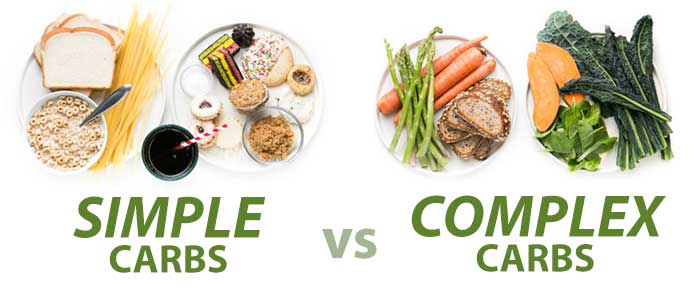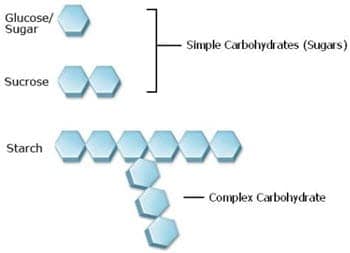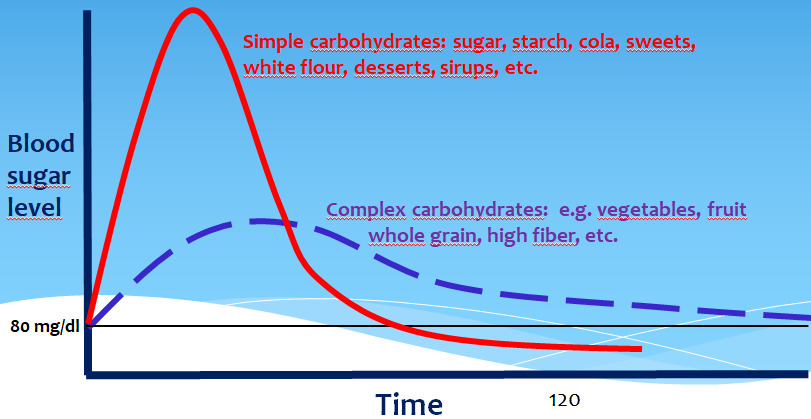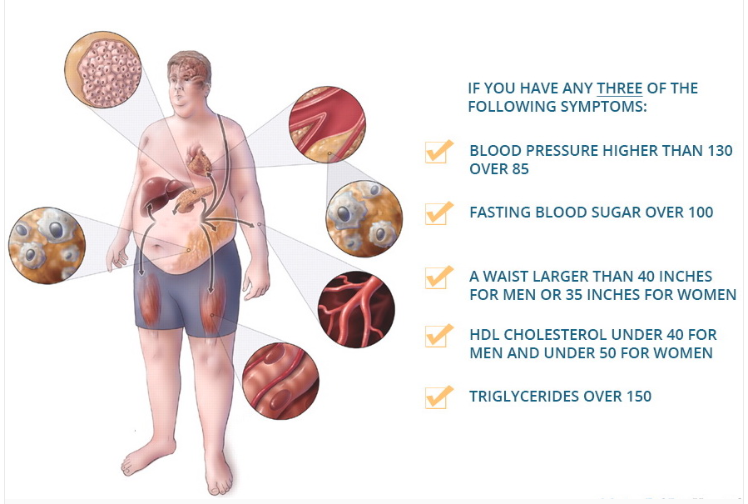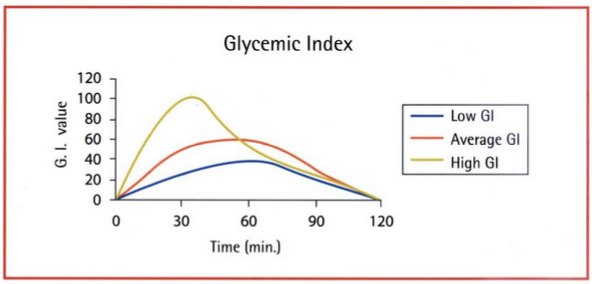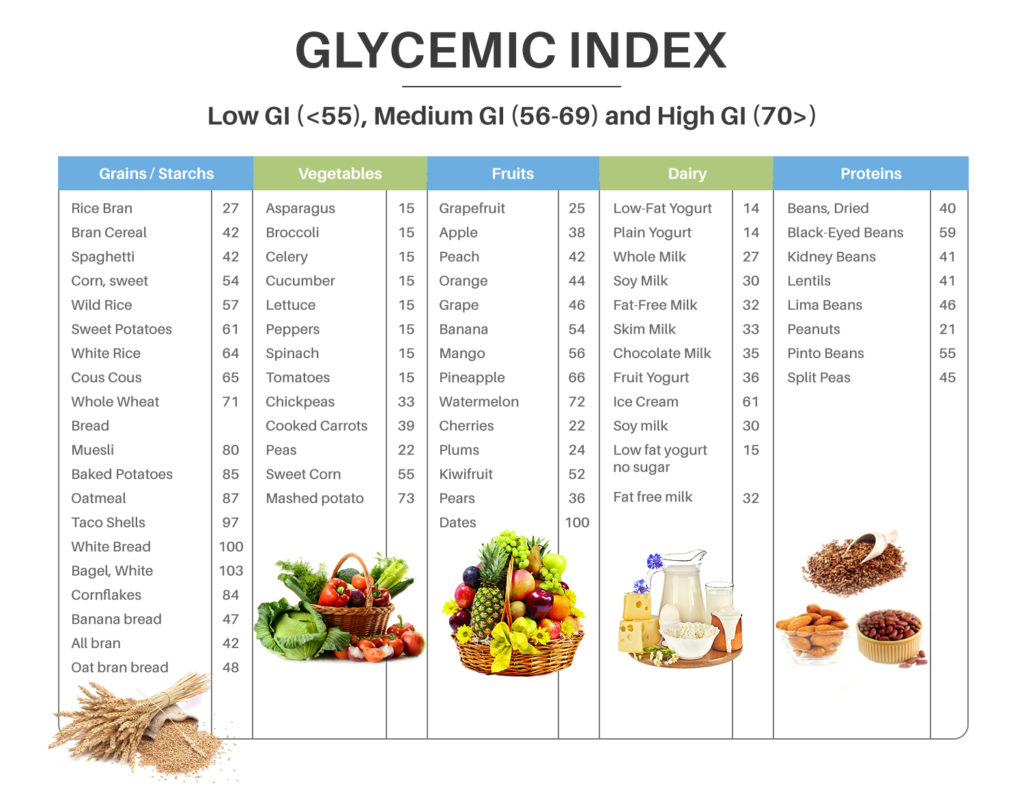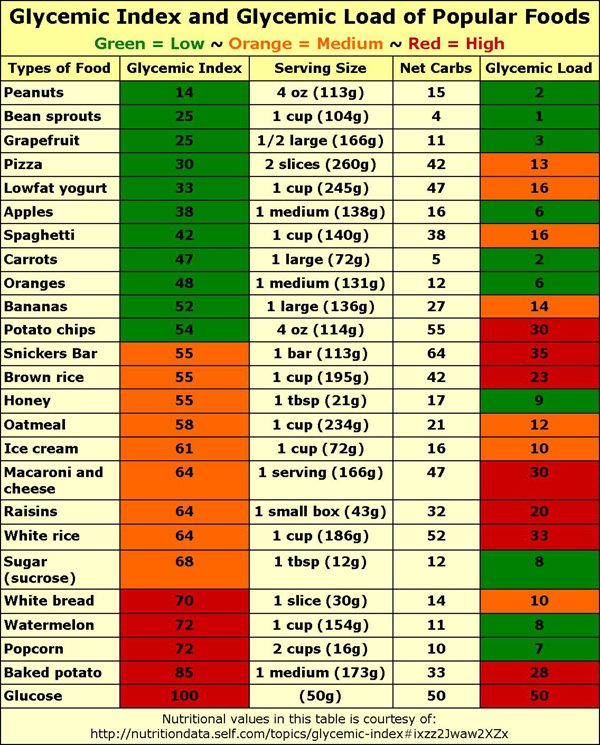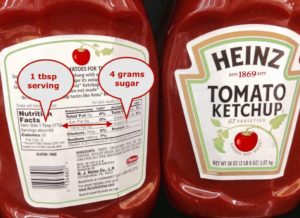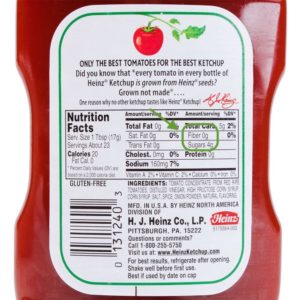Simple Carbs vs Complex Carbs for Longevity, Part 1
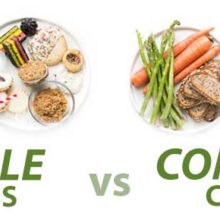
Simple carbs vs complex carbs is undebatable. Clearly complex carbs are superior as evidenced by both scientific studies and observation of the diets of the longest lived people on the planet. Learn why complex carbs are great for your long-term health, and which ones to eat.
"Simple carbs vs complex carbs" is one of more than 30 lessons from the upcoming online video course that will show you how to reduce your biological age. Subscribe to the Newsletter to be notified when it's released.
The question of “Simple carbs vs Complex carbs” is a no-brainer. Complex carbohydrates are far better to eat than simple carbohydrates, especially when it comes to healthy longevity?
Before I defend that assertion, know that this post is Part 1 of a three-part series that delves into macronutrients with the express purpose of informing you about the best food groups to eat in each of the three macronutrients: Carbs, Fats and Proteins:
- Part 1, this post, is about simple vs complex carbs,
- Part 2 is about saturated fats vs unsaturated fats, and
- Part 3 is about plant protein vs animal protein.
Let’s begin with some definitions.
Carbohydrates are the sugars, starches and fibers found in fruits, grains, vegetables and milk products. By “sugars”, I’m referring to the basic sugar molecules that make up carbohydrates. So-called “simple carbs” have one (monosaccharide) or two sugar molecules (disaccharides). So-called “complex carbs” have many sugar molecules linked together (polysaccharides).
Complex carbs pack in more nutrients than simple carbs. Complex carbohydrates are higher in fiber and digest more slowly. This also makes them more filling, which means they’re a good option for weight control. They’re also ideal for people with type 2 diabetes because they help manage blood sugar spikes after meals.
Not all carbs are equal. A diet over-weighted with simple carbohydrates can make you sick, fat and shorten your healthspan, while a diet focused on complex carbohydrates can keep you healthy throughout your life.
Many studies have made this observation, and one published in the highly reputable journal Cell in April 2022 entitled Nutrition, longevity and disease: From molecular mechanisms to interventions made these dietary recommendations:
- Mid to high complex carbohydrate consumption is ideal. High complex carb consumption among adults without obesity or insulin resistance will reduce frailty, particularly among the elderly, and provide energy. (This is the topic of this post)
- Fat consumption should make up 30% of energy. This includes healthy, plant-based fats, including nuts. (This is the topic for Part 2 of this three-part series.)
- Low but sufficient protein intake that is mostly plant- or fish-based is recommended. Protein intake consisting mostly of legumes is ideal, as they contain low content of methionine and other amino acids, which contribute to the reduction of pro-aging activity. Red and processed meats should be reduced or avoided. (The best protein for longevity will be discussed in Part 3 of this three-part series.)
- Intermittent fasting is beneficial. A 12 to 13 hour daily intermittent fasting period is recommended. (Various intermittent fasting regimes are reviewed here.)
The findings of the study cited above are clearly evident in real life within the Blue Zones.
Dan Buettner coined the term Blue Zones, which refer to five specific places in Greece, Japan, Costa Rica,
Italy, and California where people tend to live to about 100 years old while maintaining their good health. He said:
“The secret to eating for 100 is to find the plant-based foods heavy with beans and grains and vegetables, and learn how to like them. If you eat a Blue Zones diet religiously, it’s probably worth eight to 10 extra years of life expectancy over a standard American diet.
“The four pillars of every longevity diet in the world are whole grains, greens, nuts, and beans. When you crunch the numbers, it’s very clear that it’s a 90% to 100% plant-based, very-high-carbohydrate diet. About 65% carbs, but not simple carbs like muffins and cakes — complex carbs.”
Read: The Blue Zone Diet Will Transform You.
Simple Carbs vs Complex Carbs — it’s the sugar!
One of the most important reasons that you want to eat complex rather than simple carbs has to do with blood sugar (also referred to blood glucose), as this graph shows:
Simple carbs are basically sugar, and when you eat them your blood glucose levels spike. That means your pancreas has to work to produce enough insulin to transport the sugars somewhere to be used as energy.
If you don’t need the energy, because you’ve been sitting at your desk or the couch all day, then:
- The excess glucose gets stored in the liver as glycogen and/or,
- With the help of insulin, the excess glucose is converted into fatty acids, is circulated to other parts of the body, and gets stored as fat in adipose tissue
As you can see from the blue line in the graph above, eating complex carbs does not spike blood sugar, but rather provides a sustained level of energy. This is because complex carbohydrate foods contain fiber, vitamins and minerals, and they take longer to digest – which means they have less of an immediate impact on blood sugar, causing it to rise more slowly.
If you regularly consume simple carbs, your blood sugar level will be too high too much of the time, which can lead to pre-diabetes or type 2 diabetes. The over consumption of simple carbs can also lead to obesity. Once you are obese and have a fasting glucose number of 100 mg/dL or higher (pre-diabetic), you only need one more symptom to have the dreaded Metabolic Syndrome, a real threat to healthspan.
So, you want to make sure that most of the carbs you eat are complex. If you need guidance on that, refer to Glycemic Index and Load charts.
The Glycemic Index
The way in which different foods affect blood glucose levels can be determined by their Glycemic Index (GI). This index compares how different foods affect blood glucose levels.
A food that raises blood glucose levels by the same amount as pure glucose is assigned the value of 100, while a food that raises blood glucose levels by half as much as glucose, for example, is assigned a GI value of half as much (ie 50).
This graph gives you an idea about how GI affects blood sugar:
Foods with a high GI (70 or above) have a rapid effect on your blood glucose levels (see yellow line on the graph).
Foods with a medium GI (56-69) produce a more sustained effect on blood glucose levels (see orange line).
Foods with a low GI (less than 55) contain few carbohydrates, or carbohydrates that break down slowly to produce only a minor effect on blood glucose levels (see blue line).
Now to Glycemic Load.
The Glycemic Load
Glycemic Load (GL) can be more helpful than Glycemic Index (GI), because the serving size of food consumed absolutely matters when it comes to blood sugar impact.
GL is a better measure than GI because it takes into account both the Glycemic Index and portion size of a specific food; as such, GL takes into account the amount of carbohydrate in a portion of food together with how quickly it raises blood glucose levels.
For example, the GI of watermelon is 72, which is very high—meaning that is causing your body’s blood sugar levels to rise rapidly; however, watermelon is, as the name suggests, mostly water (92% water). The GL in a serving of watermelon is only 4, which is extremely low, as the carbohydrate content of watermelon is very small, just 7.5 carbs for every 100 grams. So, while your blood sugar level may rise quickly after eating watermelon, it will not remain elevated for very long.
Your takeaway from this excursion through the glycemic index and load is that the type of carbohydrate you choose to eat matters to your blood glucose levels, and therefore your overall health. When it comes to simple carbs vs complex carbs, try to choose complex carbs as much as possible.
OK, at this point you know that the focus needs to be on eating complex carbs, but which ones?
Which Complex Carbs To Eat?
These are the categories of carbohydrates that are proven to be beneficial for healthy longevity:
- Greens: spinach, zucchini, water cress, green beans
- Cruciferous vegetables: Sulforaphane-rich broccoli sprouts, Brussels sprouts, cabbage, cauliflower, kale
- Whole fruits: Preferably berries
- Legumes: Lentils, beans, peas
- Nuts (raw): Walnuts, cashews, pistachio, almonds
- Seeds: Flax, hemp, chia, sunflower, pumpkin
- Whole grains: Oatmeal, red sorghum, amaranth, barley, quinoa, buckwheat, millet
- Tubers and root Veggies. Sweet potatoes, garlic, onions, turnips, ginger, beets, radishes, fennel
- Fermented foods: Sauerkraut, kimchi, kefir, yogurt, miso, apple cider vinegar
- Mushrooms: lion’s mane, maitake, shiitake, reishi, chaga
I recommend that you try the foods in the above list that are unfamiliar to you. I’ve only recently added barely, amaranth and quinoa as alternatives to the steel cut oats that I eat a few times a week, and they’ve added some variety, fiber, protein and good taste to my overall diet.
As you can imagine, the whole grain cereals we’re talking about are not Frosted Mini Wheats, Rice Krispies, or Kellogg’s Corn Flakes, as these are clearly among the simple carbs we want to avoid.
Let’s look at some more carbs to avoid.
The Simple Carbs You Don’t Want To Eat
Simple, sugary carbs, such as these, should only rarely be consumed:
- Sugary drinks. These are sodas, fruit juices with added sugar, and beverages sweetened with high fructose corn syrup.
- White bread. These are refined carbohydrates that are low in essential nutrients and have a negative effect on metabolic health. This applies to most commercially available breads.
- Pastries, cookies and cakes. These foods tend to be very high in sugar and refined wheat.
- Ice cream. Most types of ice cream are very high in sugar, although there are exceptions.
- Candies and chocolates. If you’re going to eat chocolate, choose quality dark chocolate.
- French fries and potato chips. Whole potatoes are healthy. However, french fries and potato chips don’t provide the nutritional benefits that whole potatoes do.
Beyond being simple carbs, what that list of foods pretty much have in common are the five attributes you need to identify in order to avoid:
- The food has been sweetened
- The food label shows a high percentage of sugar
- The food label indicates it’s low in fiber
- The food can last weeks without spoiling
- The food is ultra processed
For example, consider ketchup, seemingly a benign food item, and it is harmless enough if eaten in small, irregular amounts. You can see from the picture below that just a 17 gram serving (one tablespoon) contains four grams of sugar — that’s 24% sugar.
What about the fiber in ketchup that could dampen the blood glucose spike?
Naw, there’s no (zero) fiber to slow down the sugar spike:
The simplest way to think about what foods not to eat is to ask yourself, Does this look anything like it did when harvested at the farm? The less it looks like real food, the less you want to eat it.
And that sentiment brings us to the last thing I want to say about simple carbs vs complex carbs: beware ultra processed foods.
Stay Away from Ultra Processed Foods
I want to bring your attention to a podcast interview with Dr. Barry M. Popkin is about ultra processed
foods.
Dr. Popkin developed the concept of the Nutrition Transition, the study of the dynamic shifts in our environment and the way they affect dietary intake and physical activity patterns and trends and obesity and other nutrition-related noncommunicable diseases. He is rated number 203 out of 6.8 million or in the top 0.003% scientists in the world.
The man knows what he’s talking about, and this is what he says:
- Roughly 60% of calories eaten in U.S. are ready-to-eat or ready-to-heat.
- Ultra-processed foods are loaded with fat, sugar, calories, and additives. These foods have the greatest negative impact on our health.
- Most ultra-processed foods are not satisfying, and have addictive qualities.
- Not all processed foods are bad for your health, choose minimally processed foods.
- All sugars – honey, maple syrup, agave and more – are the same and act the same in the body.
- Fresh fruit is more filling and nutritious than the juice. Liquid calories are not as satisfying.
That 60% of calories eaten in the U.S. are ready-to-eat or ready-to-heat is shocking to me. This is why I want to focus your attention on ultra processed foods. They may be a significant part of your diet, and if they are, a long and healthy life is not likely.
I want you to remember the following image that summarizes two studies that were published by British Medical Journal (study 1; study 2). The studies found a lower risk of heart disease risks and greater longevity among adults who eat less processed food.
This graph shows the difference in calories consumed and body weight between those who ate as much as they wanted of processed vs unprocessed foods:
The conclusion is obvious — you will naturally consume fewer calories if you eat unprocessed foods, which are more nutrient dense, and thus more filling, than processed foods. Doing that will lower your body weight.
Your Simple Carbs vs Complex Carbs Takeaway
If you want to be healthy into your old age, as those in the Blue Zones are, do these four things:
- Identify the simple, high glycemic index and glycemic load foods you regularly eat and stop eating them.
- Reduce your consumption of packaged foods, as they’re likely to be ultra processed.
- Read food labels and examine the sugar and fiber content.
- Each week choose a different complex carb from the list above that you’re not presently eating, and add it to your diet.
Part 2 about the healthy fats you need to be eating to support a long healthspan is scheduled to be published next week. Join my newsletter to be notified.
Questions, comments? Scroll down to the Comments section below and have at it.
Last Updated on July 7, 2023 by Joe Garma

